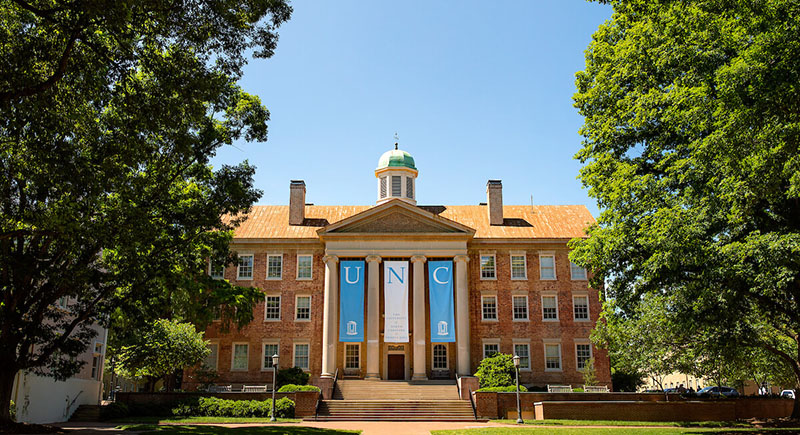
Keith Sawyer, Morgan Distinguished Professor of Educational Innovations in the UNC School of Education, on how to foster group creativity
Keith Sawyer first began thinking about group creativity when he joined a jazz ensemble in high school. He had studied piano classically for years, but was struck by how different the jazz experience was from reading music and playing classically. As a jazz pianist, it was important that he listen to what others were doing and be able to respond in a split second with something of his own that aligned with the group.
Sawyer now studies the psychology of creativity in group settings. His research helps managers, business leaders, educators and anyone else who wants to make teams more creative and effective.
What can leaders do to foster creativity in the groups they lead?
SAWYER: First, the leader of the group needs to decide how much creativity is needed. My message isn’t for all organizations, because depending on the work that needs to be done, a team may not need to exercise a high level of creativity. For instance, teams that are performing heart surgeries or removing large trees from a property need to follow very precise steps and likely have little need for improvisation.
For those who believe more creativity will improve their work, they can be more effective if they learn a little about creativity research. Psychologists have shown that all creativity ultimately boils down to existing ideas combining to form new ideas, with much of it taking place subconsciously. In a group setting, there are many more ideas that have the potential to combine. In group settings there is also an improvisational wandering to creativity, meaning that no one person controls the creative process. The group must all come together to create an effective wandering path.
On the spectrum from highly structured work environments to those with no structure whatsoever, most teams operate best toward the middle of the spectrum. The group’s leader has the challenge of setting the parameters of interaction before the team comes together, and providing the necessary structure while leaving enough freedom for new ideas to arise.
I think this makes sense to most leaders, but it’s very hard to do well. It can be hard for leaders to relinquish control of how things are done. There are also all sorts of things at the organizational level that can interfere with group creativity. For instance, there’s been a lot of research on how company incentives affect group dynamics. For example, if you reward an employee for having a brilliant idea, then that incentivizes people to be possessive about their ideas — they don’t want to share an idea because they might not get as much credit, or someone else might borrow their idea. But in group creativity, it’s essential that everyone share ideas constantly. Leaders need to ask themselves, “If we believe that groups working together produce the best results, why do our organization’s incentives reward individual performance and spark competition within our teams?”
It’s also important to remember that what happens on a daily basis is what really drives creativity. Once-a-year brainstorming sessions and company retreats aren’t what moves the needle. Most creativity is about having a bunch of little ideas daily and mastering the ability to pick out which ones are worth retaining and connecting to other ideas. A bunch of small ideas combine and that’s what creates something that has an impact. You can’t put all your hopes on someone having a brilliant idea—that’s not deliberate creativity. That’s like trying to win the lottery. Follow the research and make creativity a daily practice for everyone at the company.
Sawyer has written a number of books, including “Group Genius” and “Explaining Creativity,” and he launched a podcast titled “The Science of Creativity” in January 2024. Distinguished and named professorships support renowned scholars and propel research at Carolina. These privately funded endowments help attract and retain the academic leaders of today, ensuring a state-of-the-art education for all Tar Heels.
As told to Audrey Smith
Photo by Megan Mendenhall
Related Stories




